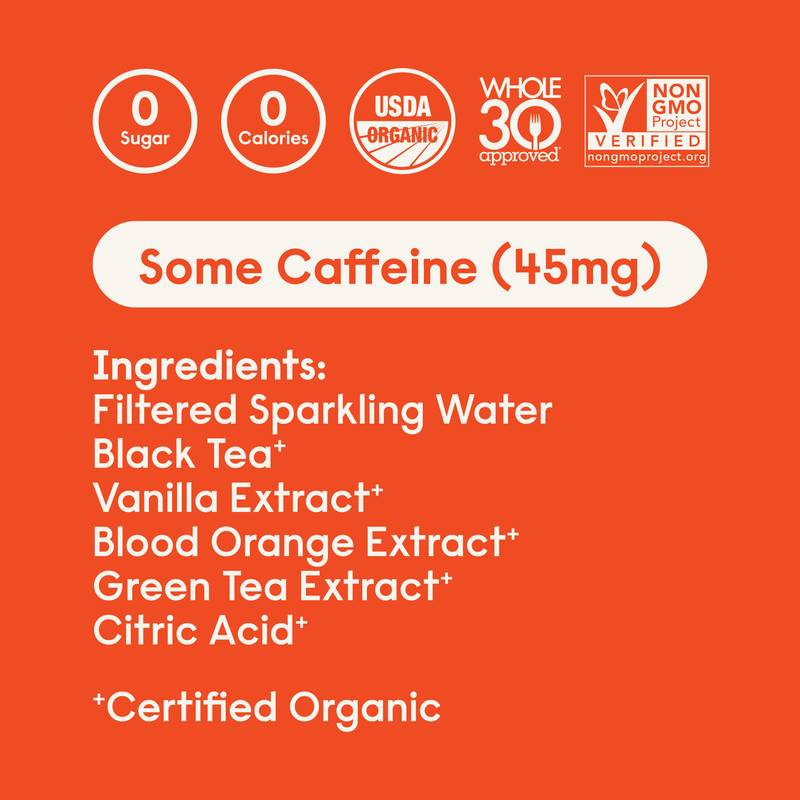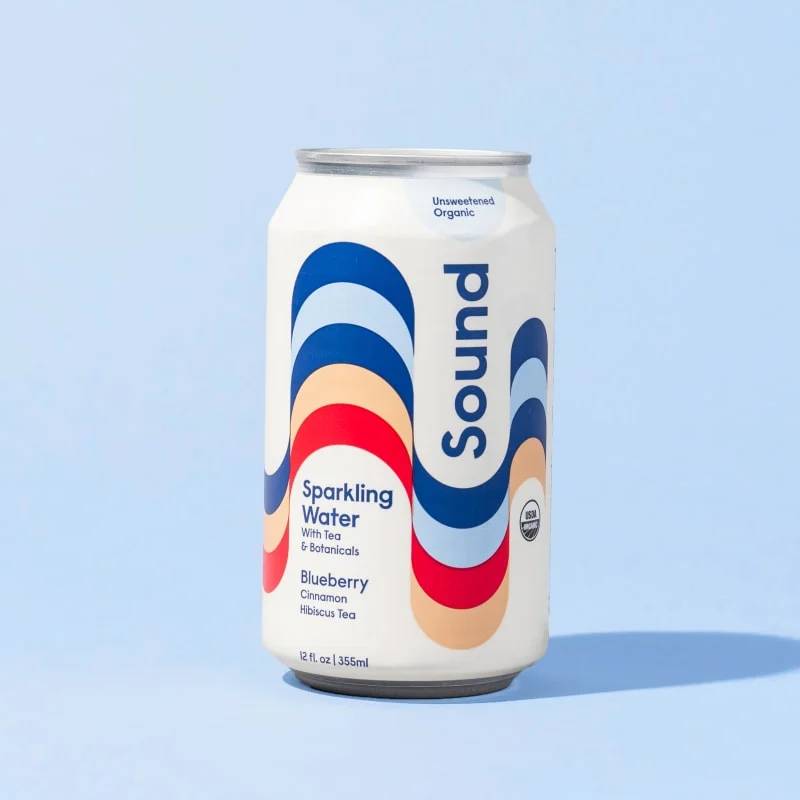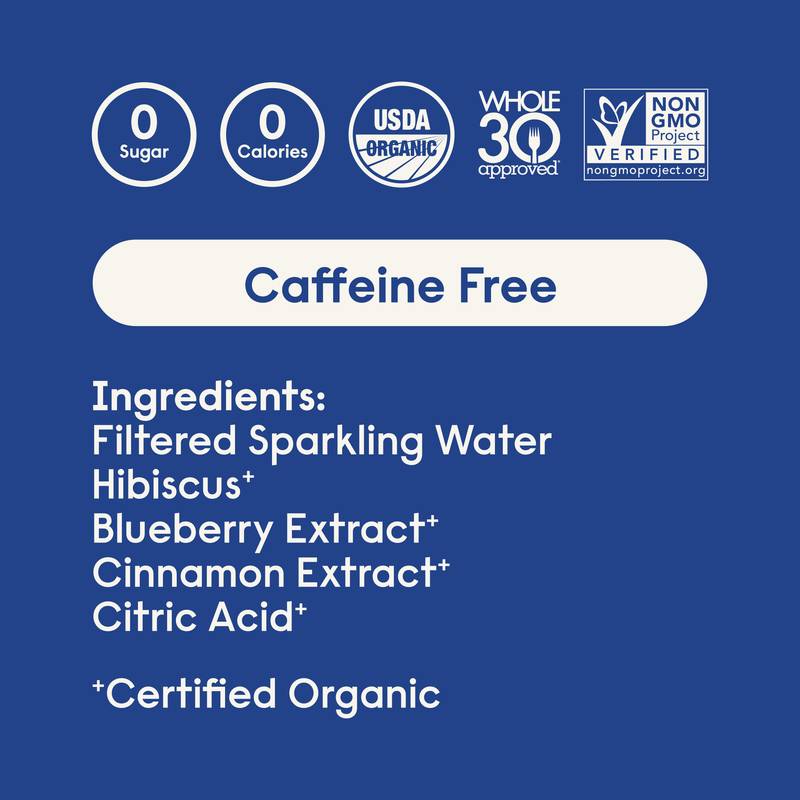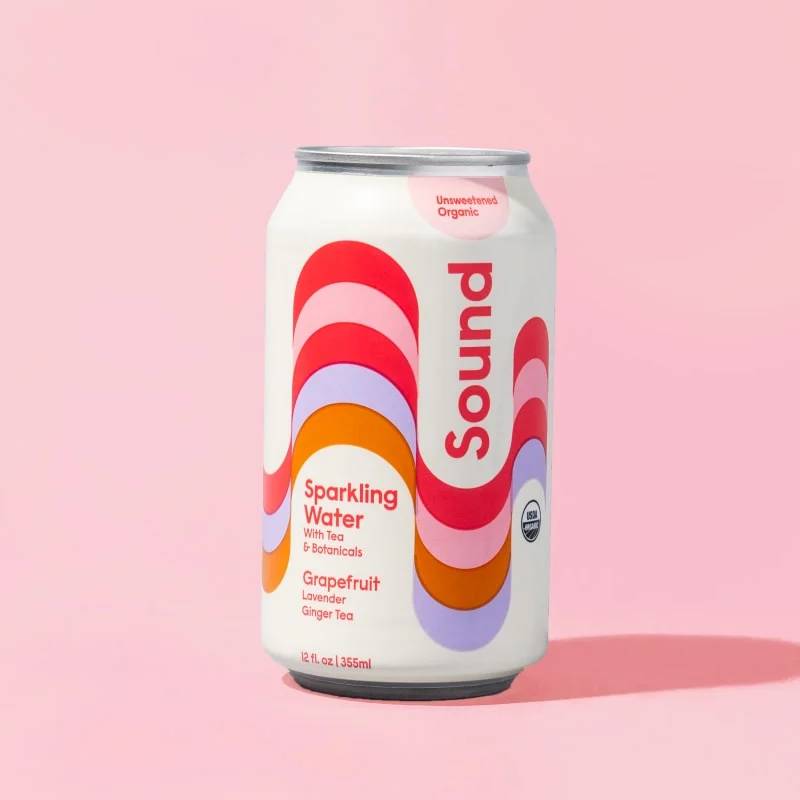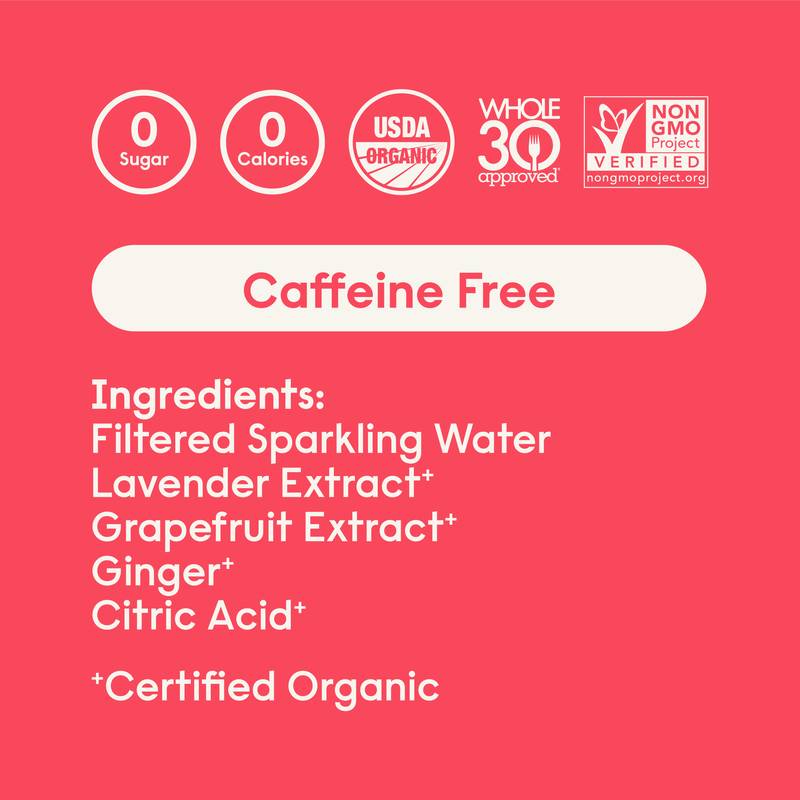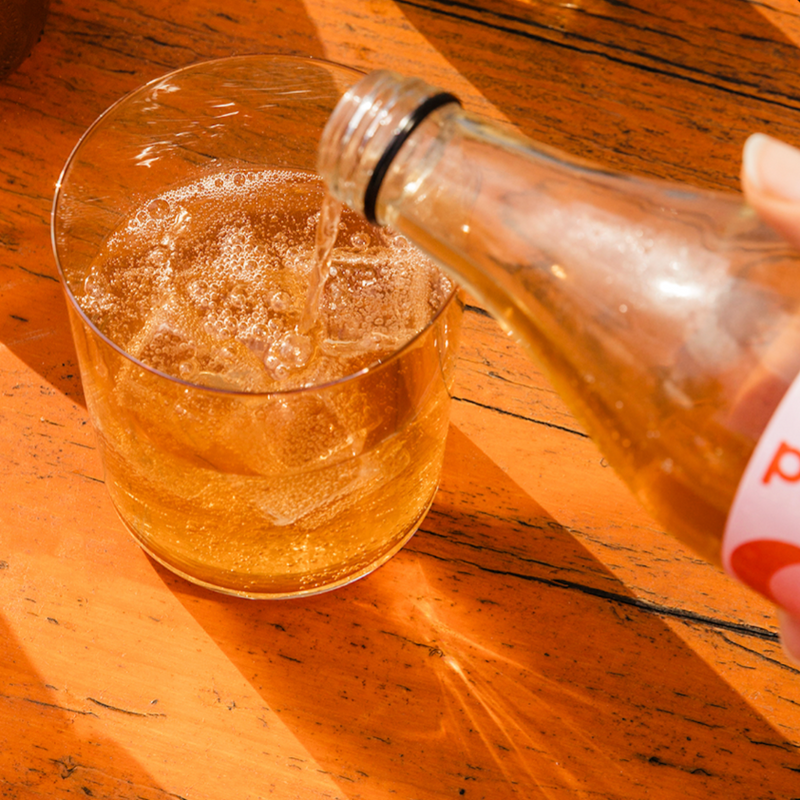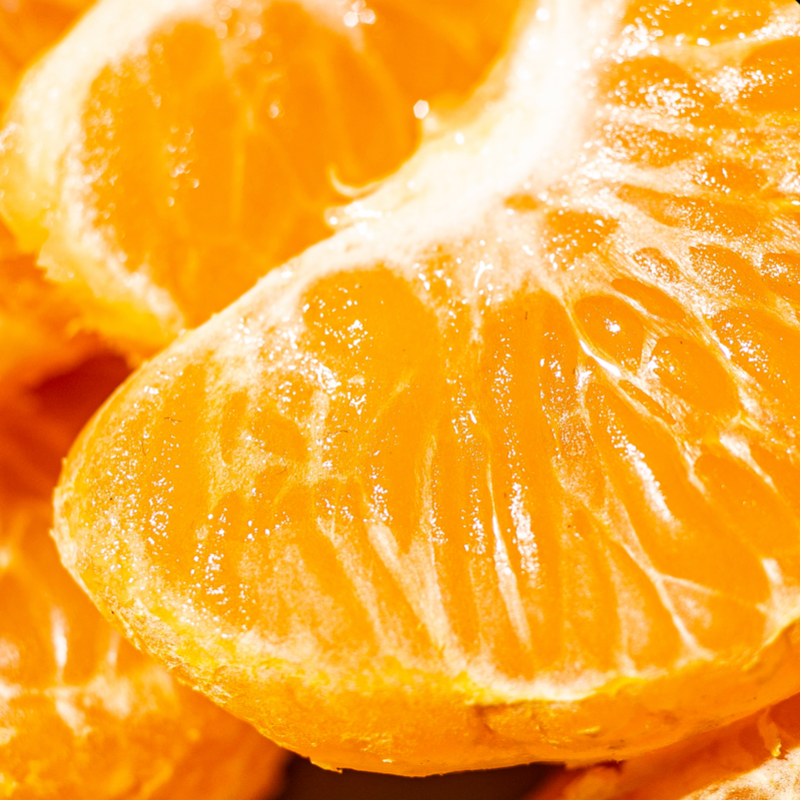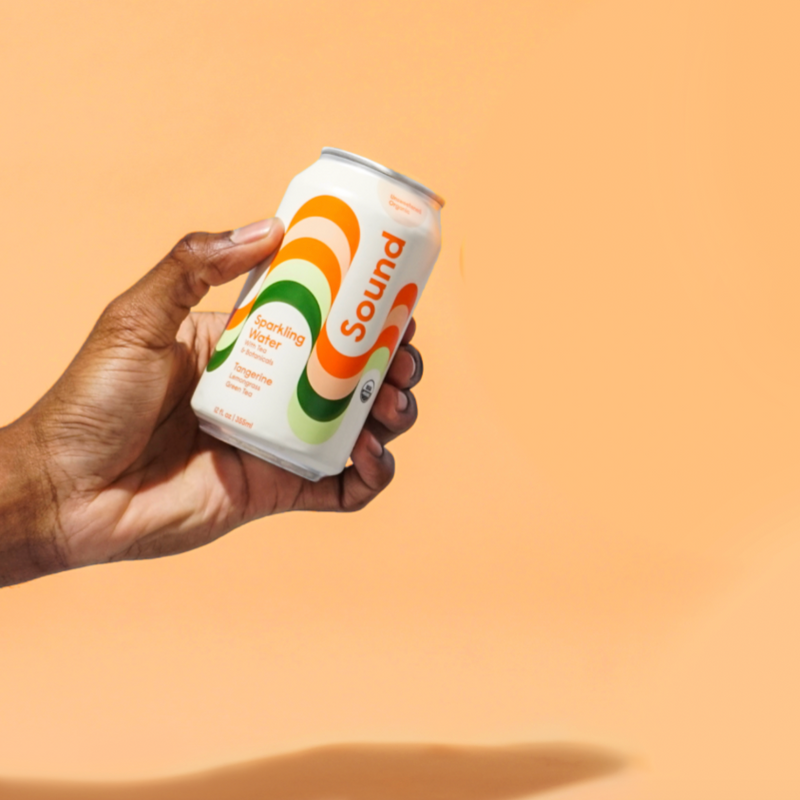More and more people are looking to switch their beauty routine to nontoxic products. We wanted to delve into why it is so important to do so.
Some ingredients are considered endocrine disruptors. Ingredients like parabens & phthalates are common in conventional beauty products, and they have been shown to disrupt hormone levels. So many of our body’s functions are reliant on hormones, from metabolism to reproductive health to immunity. So we have to be careful with ingredients that can throw our hormones off balance. Endocrine disruptors can harm female reproduction and male sperm production, cause thyroid issues and may increase our risk for certain types of disease like cancer as well. Exposure to them have even been linked to behavior issues in children. The reality of life is that we will be exposed to some of these chemicals but we want to do our best to limit our exposure. Choosing non-toxic products for our skin, our body’s largest organ, is a way to effectively do that.
Parabens have been categorized as endocrine disruptors, as they mimic estrogen. Because of this, parabens have been linked to hormonal disruption related to reproduction and thyroid health. Paraben exposure has been linked to a greater risk for gestational diabetes as well. With about 50% of people who are diagnosed with gestational diabetes then being diagnosed with type 2 diabetes after delivery, this is a serious implication. And children who’s mother had higher levels of paraben in their urine were found to have a greater risk for childhood obesity. Look for any ingredient with ‘paraben’ in the word like ‘benzylparaben’ or ‘isopropylparaben.’ Research has shown that parabens are absorbed through the skin and metabolized by the body. You’ll see this ingredient as some derivative of the word, such as propylparaben or methylparaben.
Phthalates have been associated with damage to reproductive health and increasing the risk for insulin resistance (the precursor to diabetes). Multiple studies have found that phthalate exposure can reduce sperm count and increase the risk for infertility. They’re often found in plastic food products too so if you’re in a situation where you have to grab a plastic water bottle or container, avoid those with 3 & 7 on the bottom. When checking your cosmetic labels for phthalates, look for abbreviations like DBP, DEHP and DiDP.
Another ingredient to be wary of when it comes to ensuring you are choosing a nontoxic product is fragrance, which apparently is almost always paired with a phthalate as this helps the fragrance last longer. Sounds pretty benign right? This might be one of those ingredients you skim over when reading your label. The term kind of reminds me of ‘natural flavors’ in that it is very vague – you aren’t really sure what is in a fragrance and what it means because no regulating body, like the FDA, requires the company to share that information with the consumer. In fact, apparently a fragrance can contain anywhere from 50 to 300 different chemicals. According to the Environmental Working Group (EWG), chemicals are often included under the “fragrance” nomer that have been associated with endocrine disruption and allergic reaction (like contact dermatitis or even headaches). In fact, many of them haven’t even been tested for safety in humans. Because fragrances and phthalates are often paired together, “unscented” or “fragrance-free” options tend to be less toxic.
There are a number of other ingredients to watch for on your labels (like oxybenzone, hydroquinone, and formaldehyde), but it may be easiest (and honestly, less daunting) to reference the EWG’s Skin Deep website or app in which you can search a product and see whether it is considered toxic or not. You can also search individual ingredients you’re curious about as well.
A few of my favorite non-toxic brands and the products I personally use and love!
-
3-in-1 Detox Mask: instant glow!
-
Mascara with Lash Primer: so hard to find a good non-toxic mascara and this one is amazing!
-
Brightening Cleanser: smells like strawberries 🥰 I literally look forward to using this.
-
Green Apple Firming Body Moisturizer: great consistency
-
Tinted Moisturizer with SPF: a daily staple!
-
Fruit Enzyme Scrub: so gentle but effective!
-
Make-up Removing Cleansing Oil: gentle and so calming on the skin

